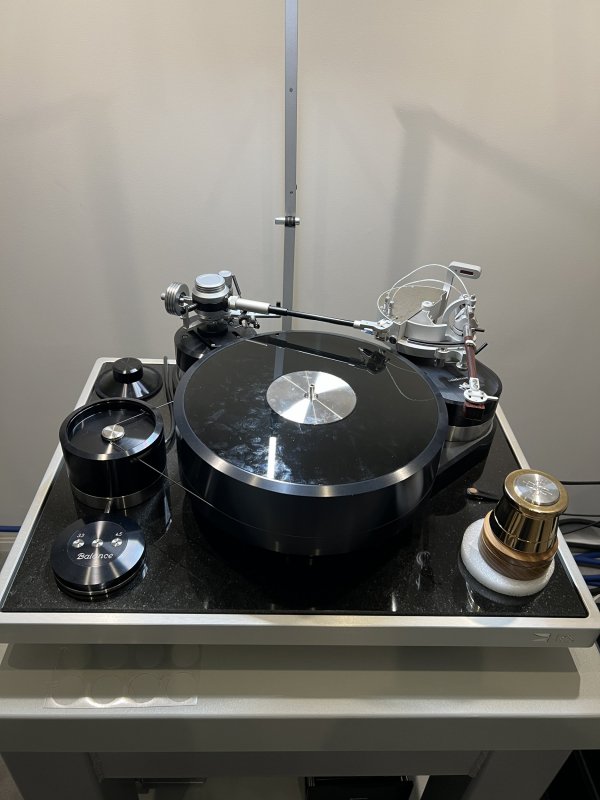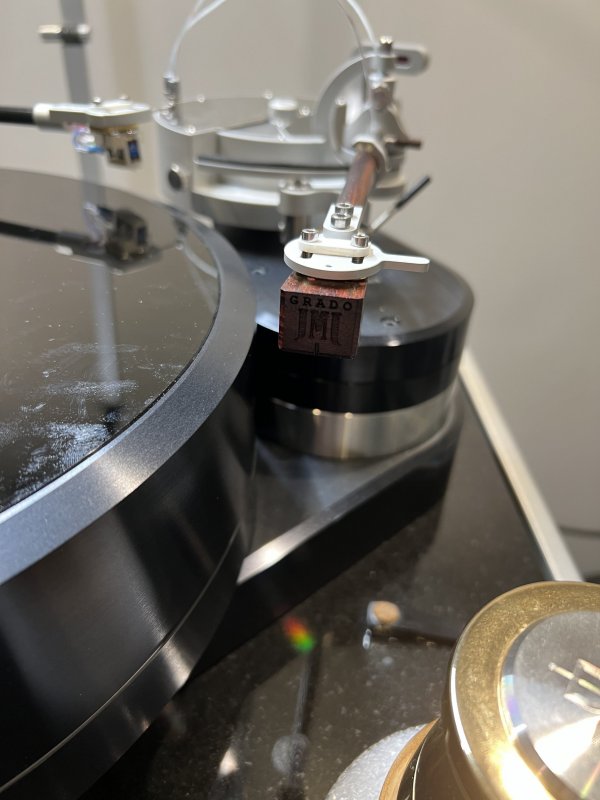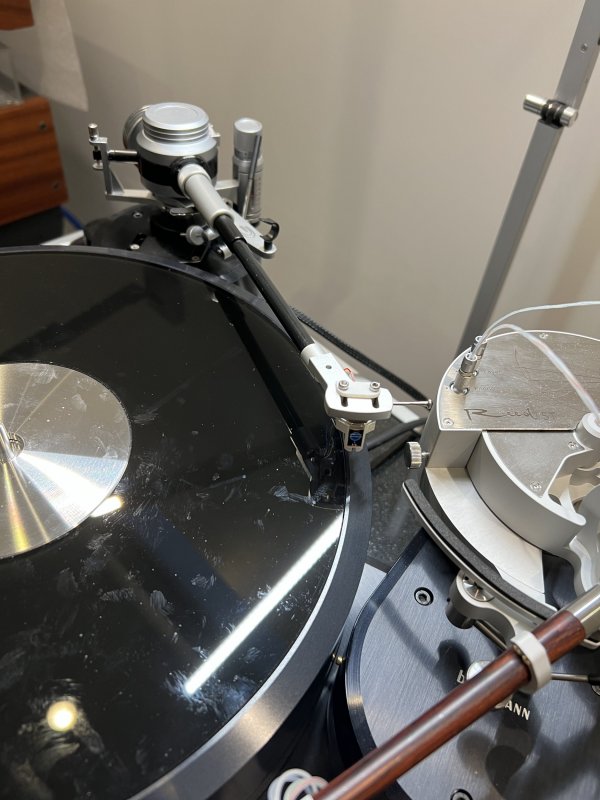Since you have pretty much found your end game gear, tweaking could be the way to get that last 5 or 10 percent out of your system. Things like component support/footers, emi reduction, electrical contact enhancement, fuses, etc. The audiophile voodoo dark arts. For me the best have been:
1) Walker EST extreme contact enhancer. There are other good ones but this is what I use. Absolutely critical IMO for cartridge pins/clips, the smallest most delicate electrical connection in your system. Great for interconnects and speaker bananas/spades and even fuses.
2) Synergistic Research Tranquillity Pods/Plateforms. Yes I know SR is considered snake oil/voodoo arts by many. But in my system these things work spectacularly, have no idea why or exactly how they work. I had never heard of them, my dealer lent me 2 to try (he uses 4 in his $500K display system), one under my amp, one on top of my phono stage/preamp (with my Node streamer on top to make a pod sandwich) A friend made me upgraded ground and DC cables, they got even better. Most dealers will lend them out for trial, you have nothing to lose.
3) Good footers under every component. I use SR MiG 3, best I have tried in my system. Lots of other good ones out there. They all make your components sound a little different, but it’s worth finding the right ones for your system.
4) I’m sure you use upgraded fuses. Here I prefer HiFi tuning, just seem to blow to many SR fuses. Again, they all sound slightly different. If your output tubes are fused like my Rogue, these are critical.
5) SR PHT “transducers “ to put on your cartridge. Again total voodoo/snake oil. But they work, even if nobody can explain why. Even Fremer agrees.
I don’t consider tube rolling to be a tweak, but it is critical to get the most out of tube equipment.




